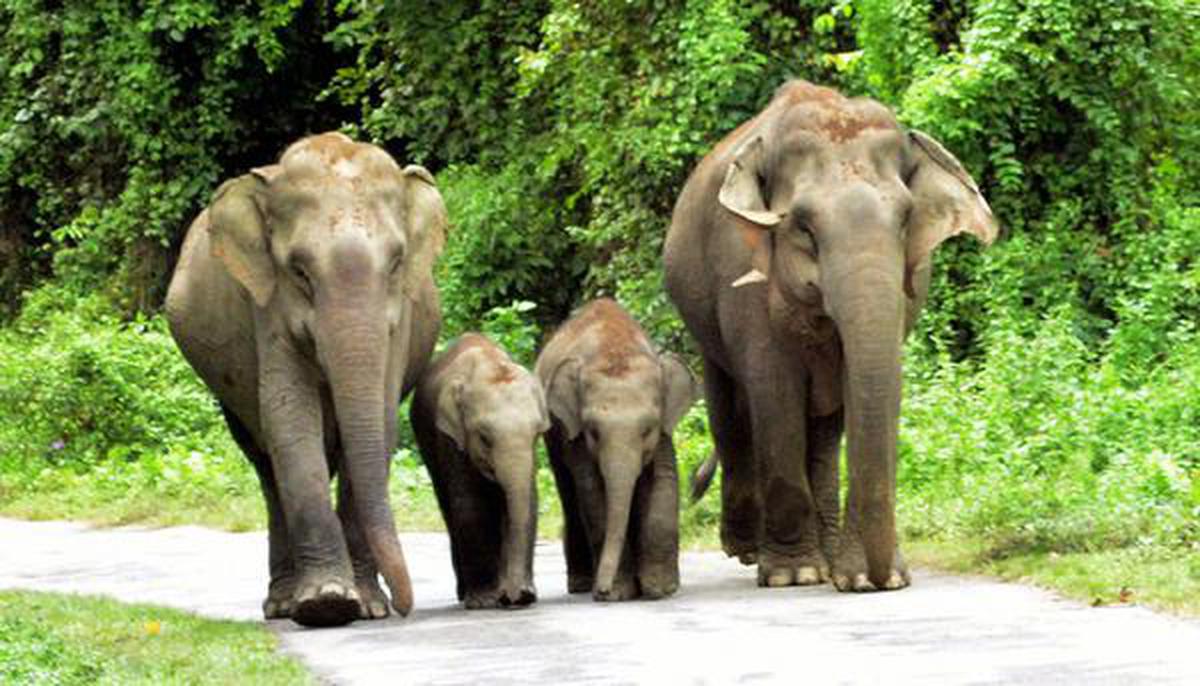Context
-
With the monsoon session of the Parliament set to commence on July 18, one of the Bills up for deliberation and passage is the Wild Life Protection Amendment Act 2021.
What is the Wild Life Protection Amendment Bill 2021?
Features:
- The Bill amends the Wild Life Protection Act, 1972 by increasing the species protected under the law. Substituting the definition of ‘Tiger and other Endangered Species’ to ‘Wild Life’, this Bill includes flora, fauna and aqua under its protection.
- The Bill also regulates wild life trade as per the Convention on International Trade in Endangered Species of Wild Fauna and Flora (CITES).
- There are 50 amendments to the Act proposed in the Bill.


Photo Credit: PTI
- There are 50 amendments to the Act proposed in the Bill.
- The Bill aims to implement CITES — which was signed in Washington D.C. on March 3, 1973, and later amended in 1979 — to trade plant and animal specimens with other governments, without threatening the survival of the species.
- Regulating the possession of specimens, the Bill defines ‘specimen’ as any animal or plant (dead or alive).
- It also constitutes a Management authority which will issue permits for the trade of scheduled specimens in accordance with CITES.
- The Centre can designate a management authority to grant export or import permits for the trade of specimens and a scientific authority to give advice on the trade impact on the survival of the specimens, as per the Bill.
- The Bill prohibits any person from modifying or removing the identification mark of the specimen made by the Management authority and every person possessing live specimens of scheduled animals must obtain a registration certificate.
- The Centre will appoint a Chief Wild Life Warden who processes applications for breeding in captivity or artificially propagating any scheduled specimen.
- He/ She is empowered to refuse or cancel the registration of an applicant in case of violations.
Classification of specimens
- Classifying animals into two specially protected schedules, the Bill prohibits their trade by anyone, barring certain exceptions.
- The Bill removes the present schedule for vermin species and inserts a new schedule for specimens listed for extinction under CITES.
- The Bill also lists 131 mammals, 112 birds, 43 birds, 26 fishes, 63 insects, 388 corals under schedule I and 41 mammals, 864 birds, 12 reptiles, 58 insects, molluscs, and sponges under schedule II.
- A separate schedule for plants is also listed.
Prohibitions
- The Bill seeks to empower the Centre to regulate or prohibit the import, trade, possession or proliferation of plant or animal species not native to India – invasive alien species. Apart from states, the Centre too can notify a conservation reserve — an area adjacent to national parks and sanctuaries.
- Any person can voluntarily surrender any captive animals or animal products to the Chief Wild Life Warden (an appointee of state governments).
- However, no compensation will be paid to the person for it and the surrendered items become the property of the state government. Under the Bill, the fine for General violation is up to Rs 1,00,000 and for specially protected animals is at least Rs 25,000.
What are the recommended changes to the Bill?
- The Bill soughtan ‘exception’ to the transfer of captive animals, allowing the transfer or transport of live elephants by a person having a certificate of ownership.
- The Parliamentary Committee recommended the deletion of this exemption clause for elephants and argued that a “careful balance” between traditions and conservation was needed.
- The Committee has proposed constituting a Standing Committee of the State Board for Wild Life (SBWL), comprising of at least one-third of non-official members, at least three institutional members and the Director of the Wildlife Institute of India or a nominee.
- the Committee has recommended a Human Animal Conflict Advisory Committee — headed by the Chief Wild Life Warden — to suggest mitigation strategies such as changing cropping patterns and drawing up site-specific plans.
Reference:
Visit Abhiyan PEDIA (One of the Most Followed / Recommended) for UPSC Revisions: Click Here
IAS Abhiyan is now on Telegram: Click on the Below link to Join our Channels to stay Updated
IAS Abhiyan Official: Click Here to Join
For UPSC Mains Value Edition (Facts, Quotes, Best Practices, Case Studies): Click Here to Join
